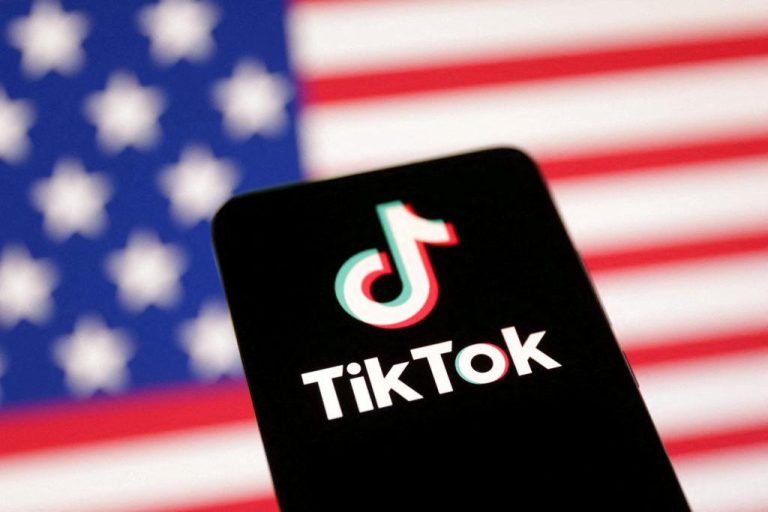In a few swipes and seconds-long clips, millions of people now encounter headlines, context and commentary without ever opening a newspaper or turning on a TV. TikTok’s recommendation engine has turned the For You feed into a de facto front page, elevating creators as on-the-ground correspondents and stitching breaking updates into an endless stream of short-form video.
News consumption on the platform has surged in recent years, especially among younger audiences, according to multiple surveys, prompting publishers, politicians and public agencies to recalibrate how they reach the public. The shift is reshaping everything from story formats to audience trust, as personality-driven explainers and real-time footage compete with traditional reporting for attention.
The stakes are high. While TikTok offers unprecedented reach and immediacy, it also raises familiar concerns over verification, misinformation and platform rules-amid intensifying regulatory scrutiny. As news habits migrate to the app, the battle for authority in the attention economy is entering a new phase.
Table of Contents
- TikTok’s Algorithm Is Reshaping the News Playbook for Younger Audiences
- What the For You Page Rewards Frequent Updates Clear Sourcing On Camera Explanations and Vertical Video Explainers
- How Newsrooms and Platforms Should Respond Build Native Teams Verify In App Use Captions and Promote Media Literacy to Curb Misinformation
- The Conclusion
TikTok’s Algorithm Is Reshaping the News Playbook for Younger Audiences
Powered by an AI-driven feed that rewards velocity, watch time, and social interactions, the platform is pushing publishers to package reporting as fast, creator-led micro-briefings where context is condensed and transparency is on-screen; newsrooms are shifting from homepage drops to rolling explainers, optimizing hooks in the first seconds, captioning for sound-off viewing, and treating comments, stitches, and duets as both distribution and correction layers, while younger users increasingly treat the feed as a front page and a search box, forcing teams to recalibrate success metrics from clicks to saves and rewatches amid heightened verification demands and policy scrutiny.
- Format first, headline second: Vertical video, burned-in captions, on-screen text, and immediate hooks to capture the scroll.
- Creator correspondents: Reporters fronting stories, partnering with niche experts to extend reach and trust.
- Update chains: Sequels, pinned comments, stitches, and duets used to append corrections and new facts in real time.
- In-app search tactics: Keyworded captions, on-screen labeling, and descriptive alt text to surface in query-led discovery.
- Verification in-frame: Source attributions, documents, maps, and timestamps shown on screen to combat misinformation.
- Community cues as signals: Q&As and replies to high-signal comments shape follow-ups and clarify uncertainties.
- Live for breaking: Rolling updates via livestreams, supplemented by short recaps for catch-up audiences.
- Safety and ethics: Clear labeling of user-generated content, context boxes, and restraint on graphic material.
- Metrics that matter: Retention curves, rewatches, saves, and share velocity inform editorial timing and packaging.
- Workflow redesign: Rapid clearance pipelines, cross-desk briefs, and prebuilt templates to accelerate publication.
What the For You Page Rewards Frequent Updates Clear Sourcing On Camera Explanations and Vertical Video Explainers
On TikTok’s feed, timeliness, transparency, and a face-to-camera delivery drive visibility, with short iterative clips edging out long-form packages as audiences favor quick, verifiable context over extended commentary. News teams that publish in bursts, foreground sources on-screen, and design narratives for the vertical frame report higher completion rates, more saves, and faster trend traction, especially when captions and overlays carry core facts for sound-off viewing.
- Frequent updates: Rolling dispatches keep evolving stories in circulation and signal ongoing relevance to the algorithm.
- Clear sourcing: On-screen citations, primary documents, and link-in-bio repositories underpin credibility and shareability.
- On-camera explanations: Presenter-led breakdowns with tight hooks and visual receipts convert scrollers into watchers.
- Vertical video explainers: 9:16 framing, layered captions, and modular graphics outperform repurposed horizontal edits.
How Newsrooms and Platforms Should Respond Build Native Teams Verify In App Use Captions and Promote Media Literacy to Curb Misinformation
As short-form feeds become the de facto front page, both publishers and platforms must operationalize safeguards that match the speed and vernacular of vertical video while introducing deliberate friction where it counts.
- Build native teams: Stand up vertical-video desks staffed by producers, community editors, and OSINT-trained verifiers; empower on-platform creators-in-residence; schedule 24/7 UGC triage; and align legal/ethics review with rapid “publish-update-pin” workflows.
- Verify in app: Treat the feed as a reporting scene-cross-check original upload times, geotags, and comment histories; use stitches and on-screen “receipts” for transparent sourcing; pin corrections; deploy frame-by-frame analysis, reverse-search, and hash-matching for known hoaxes; and surface provenance via C2PA-style content credentials and AI labels.
- Use captions: Burn in accurate, time-stamped subtitles; add concise context cards (who/what/where/when); include alt text and on-screen source attributions; support multilingual captions; and standardize keyworded lower-thirds to improve searchability and accessibility.
- Promote media literacy: Run recurring micro-explainers on spotting manipulated audio/video and out-of-context clips; label unverified “developing” posts; integrate share-friction prompts for breaking claims; partner with educators and trusted creators on duet-friendly lessons; and publish transparent correction logs and enforcement data.
The Conclusion
As TikTok’s influence over information flows deepens, the platform’s short-form, personality-driven format is recasting not only how news is discovered but how it is framed, shared, and trusted. Newsrooms are rewriting playbooks for vertical video, creators are emerging as de facto correspondents, and audiences are making split-second judgments in feeds where entertainment and hard news sit side by side.
The model carries clear trade-offs: speed and scale against verification, access against transparency, engagement against accuracy. Regulators are watching, platforms are adjusting policies, and publishers are weighing dependence on an opaque algorithm against the cost of sitting out.
With major elections and global crises on the horizon, TikTok’s role as a gateway to civic information will face sharper tests. The next phase won’t hinge on whether users get news there-they already do-but on how journalists, platforms, and policymakers make that experience more reliable, more accountable, and worthy of public trust.


